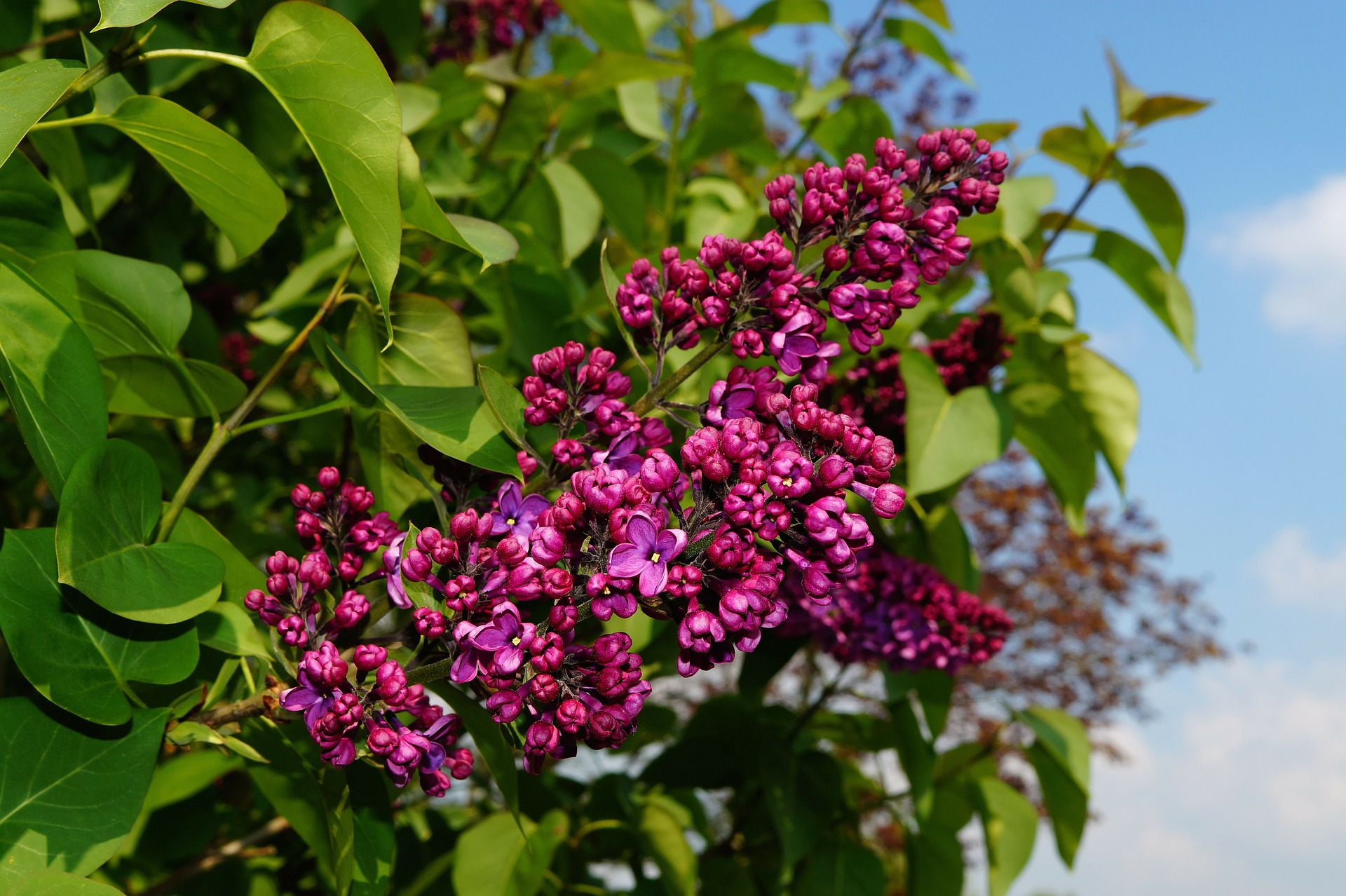Blog

Ask Dr. Phipps: Lilac Lament
Q: I have a lilac bush that could be 40 years old. It has always bloomed without any issues. But this past spring all the leaves fell off. I thought that maybe it had a fungus, I wasn’t sure. However, now it is getting some leaves and has started blooming. Have you ever encountered something like this?
A: Lilac out of sorts! Lilacs are notorious for getting mildew; it usually does not kill it but can make it look lousy. This is a very common problem with lilacs, but what you are experiencing may be something else. My initial thought is that the lilac is very old and may not have been pruned or cleaned up over the years. In addition, it may have shade encroaching, and it is giving up. It is not uncommon for a plant, shrub, or vine to "bloom" out of season as its last hope for survival or because of weather conditions.
Here are some questions to consider:
- Have you pruned out the old and dead stems?
- Is the lilac in full sun, or has other foliage caused it to be in partial shade or shade?
- Is the plant getting everything it needs?

Lilacs should be growing in full sun in soil that has adequate moisture and drainage. The soil should contain a good balance of nutrients (nothing in excess or severely lacking) and have a fairly neutral pH. You may want to have your soil tested so that you are sure the lilac has all of the nutrients that it requires for growth.
Actions to take:
- Examine the bush for insects (aphids, scale, weevils, and borers) or any signs of disease, and if necessary consult your local garden center or extension office.
- Remove flowers immediately after they bloom so the plant doesn’t waste energy on producing seeds.
- Don't over fertilize or you may get lots of leaves but few flowers; refer to soil test results for proper amounts.
- Lilacs bloom on old wood. You should prune immediately after blooms have faded, if needed, in order to provide a chance for new growth that will allow flowers to set for next year.
- To rejuvenate an old, overgrown lilac, prune in late winter or very early spring when the weather is still cold and the plant is dormant. Remove and discard the dead stems first. Go to the bottom of the shrub and remove the small suckers that are coming up from the ground or around the base of the bush. This will let air into the bush and improve blooming. Then, stand back and look at the shape of the tree. Cut unwanted branches from the bottom of the shrub. Cut back tall branches to about 18 to 24 inches above the ground. Shape with pruning shears to the desired shape. Once you have pruned your lilac back and it begins to show growth, be sure to fertilize according to a soil test. It will likely take a few years to bloom after this extreme treatment, but the long term results should be good.
Additionally here is an article that may be useful. And if the same problem occurs next spring you may consider taking a sample into the Penn State Extension office for your county.

